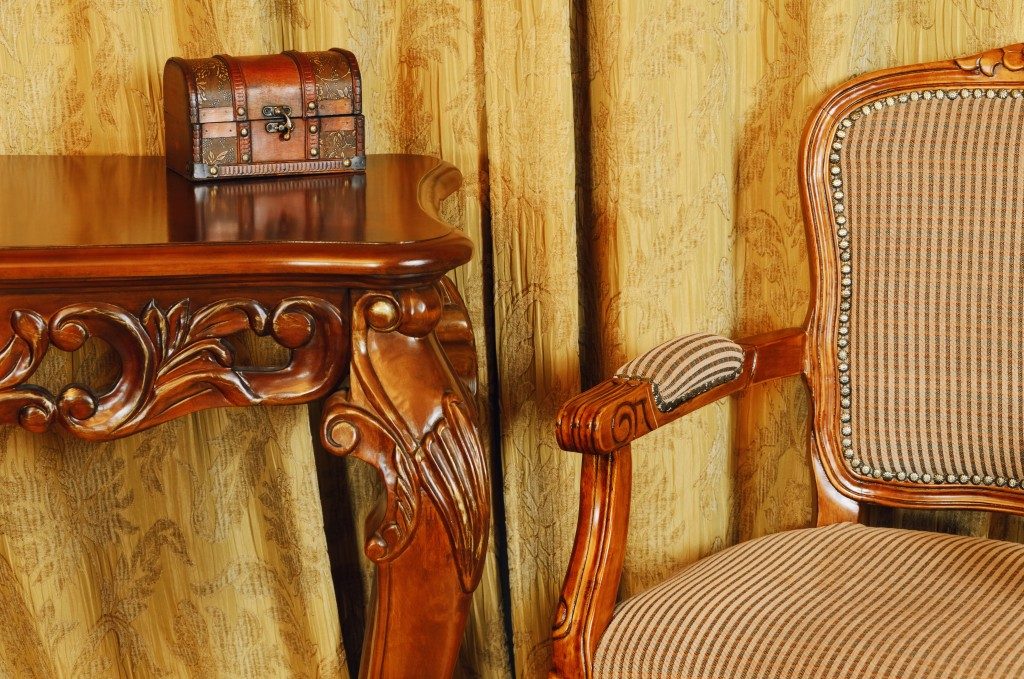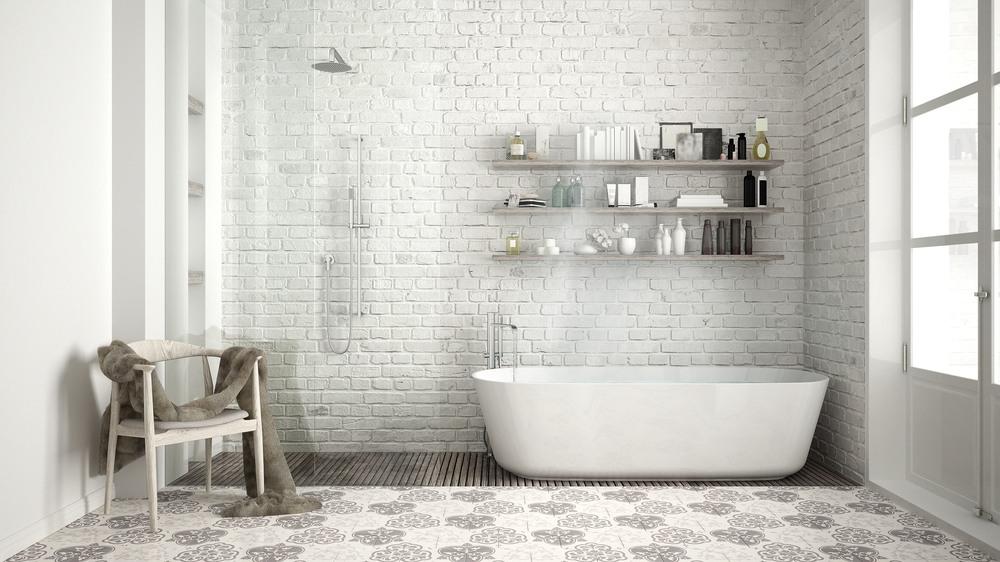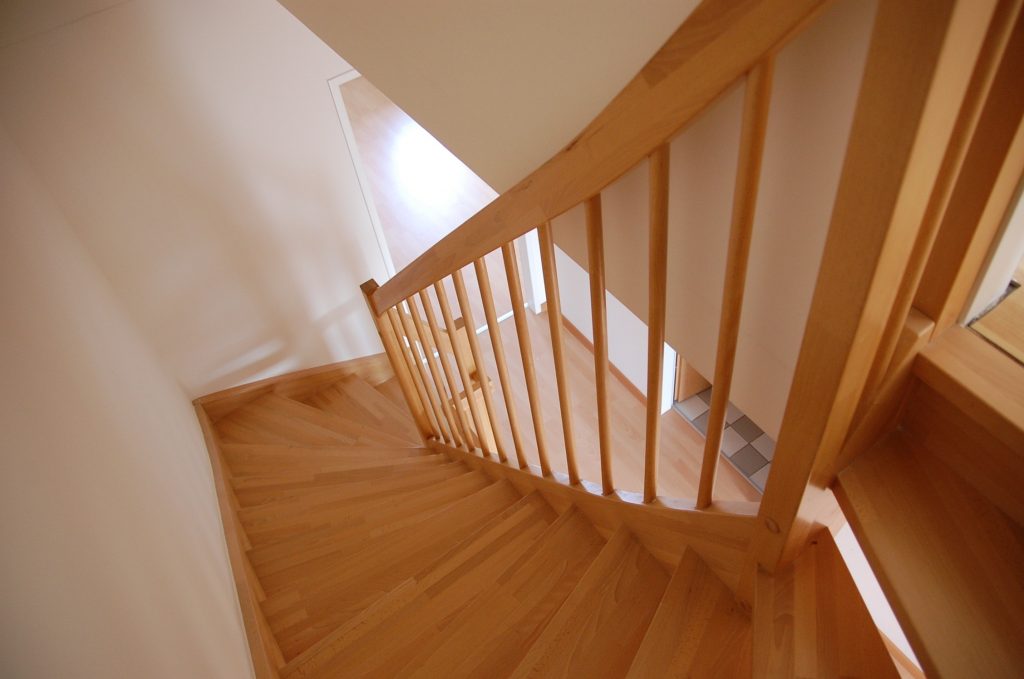The common dilemma homeowners encounter when going for a vintage look on their interiors is that it doesn’t come off as the classic, elegant ‘70s interior—rather it just looks outdated. Worse, it appears worn out that it creates a gloomy atmosphere in the space. Hence, the tricky question remains: How exactly do you pull off an old look without looking old? Follow these tips to achieve the perfect vintage design:
Consider your colours
These details are one of the things that can instantly give off the vibe of old house charm. At the same time, they’re also one of the things most people get wrong, which inevitably makes the space old-fashioned. To make sure that you’re on the vintage side, and not on the outdated one, decide which period you’re going for, and then research on the popular colour schemes of that era. Grey-blue combos with deep red accents are reminiscent of the Victorian era. Pastels, on the other hand, dominate the ‘50s. Use these as references in your colour palette. However, remember to use the 60-30-10 principle in your hues. Your primary colour should cover your walls and floors (60% of the space). The secondary hue should reflect on the furniture and fixtures, especially the sofas, the tables, and the interior wooden doors of the house (30%). The accent colour should cover the little details such as rugs, throw pillows, draperies, and more (10%).
Be extra picky when it comes to antiques

What separates classy, old interiors from the outdated ones is high-quality antique furniture and fixtures. There are lots of ways to know if you’re looking at the good kind of antique. Weight is one factor. Original antique pieces are heavier than those modern, mass-produced varieties. Thus, if you’re going for an authentic vintage look, look for heavier pieces. Another consideration is the sturdiness. You should be able to evaluate if the joints are still fixed securely. If it feels a little unstable, know the problem. If it’s just a loose nail, you can easily salvage it. If it’s rotten wood, skip on to the next piece you see. The last thing you should consider is if there’s discolouration. Some level of fading can be fixed, but extensive rusting may not be worth the money. The bottom line here is to evaluate the condition of antiques with serious thought.
Make antiques the star of the design
When you’re able to get the antique pieces already, choose one that will make for a good focal point. For the uninformed, the focal point is the star of your design. It’s the design element where people’s eyes will land on once they step into the space. Some of the best focal points are a Victorian grandfather clock, a huge antique painting, or a vintage console table. Note also that there might be an interesting element already in your house’s architecture. For instance, fireplaces make for a good focal point. The same is true with a window with a view of your backyard. It’s then just a matter of dressing them up well and arranging your antique furniture toward these interesting design elements.
It’s hard to pull off a vintage look for your home because one element can easily throw off the design into being an old-fashioned, outdated style. Take note of the tips discussed above to perfect the old house charm.




